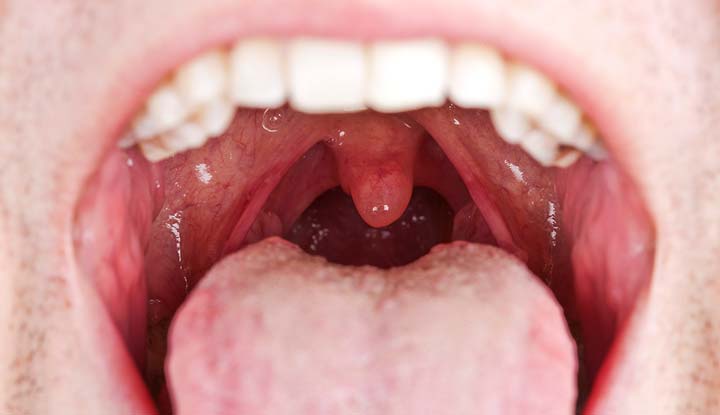Your mouth is part of your digestive and respiratory systems. It helps you with daily functions like eating, speaking and breathing. Taking care of your mouth can keep you healthy and reduce your risk for a wide range of dental and medical conditions.
Advertisement
Cleveland Clinic is a non-profit academic medical center. Advertising on our site helps support our mission. We do not endorse non-Cleveland Clinic products or services. Policy

Your mouth is an oval-shaped opening that sits just below your nose. It starts at your lips and ends towards your tonsils. Your mouth is part of your digestive system and respiratory system.
Advertisement
Cleveland Clinic is a non-profit academic medical center. Advertising on our site helps support our mission. We do not endorse non-Cleveland Clinic products or services. Policy
Other names for your mouth include oral cavity.
Your mouth supports many daily functions, including:
Your mouth is where digestion begins. When you chew food, your salivary glands make saliva (spit). Saliva helps break down starches in the foods you eat. Then your tongue moves the food into your throat, down through your esophagus and into your stomach.
Like your nose, your mouth brings air into your lungs. Since your mouth is larger than your nose, it brings in more air. And because the air doesn’t have to travel as far, your body can use it faster.
But unlike your nose, your mouth doesn’t have a filtration system. When you breathe through your nose, it filters, warms and moistens it. Tiny hairs (cilia) sweep mucus into the back of your throat where you swallow it, and then your stomach neutralizes it. Breathing mainly through your mouth (mouth breathing) can dry out your gums and cause issues like bad breath and dry mouth.
Many parts make up your mouth anatomy. These parts work together harmoniously to help with chewing, speaking and breathing.
The outside of your mouth creates a boundary that holds food in place and helps you form sounds and words. It includes your cheeks and lips.
Advertisement
The inside of your mouth contains your:
Signs of a healthy mouth include:
It also shouldn’t hurt to chew or brush your teeth. Tell your healthcare provider if you develop any worrisome symptoms.
General conditions that can affect your mouth include:
But there are many conditions that can affect specific parts of your mouth:
Teeth
Gums
Palate (roof of mouth)
Soft tissues (oral mucosa)
Salivary glands
Tongue
Taste buds
Oral cancers can affect any area of your mouth. Cancerous conditions of the mouth include:
You can’t totally prevent all these conditions. But you can reduce your risk of oral health issues with good oral hygiene, regular dental checkups and a healthy lifestyle:
Call a healthcare provider or dentist if you experience any of the following symptoms in your mouth:
Advertisement
Many things can cause a bump on the roof of your mouth, including:
Having a bump on the roof of your mouth doesn’t necessarily mean there’s something wrong. But you should tell a healthcare provider so they can give you a diagnosis and help you find appropriate treatment.
Our mouths help us chew, speak, breathe and connect to the world around us. Without your mouth, you couldn’t taste freshly baked bread, smile at your neighbor or tell the people you love how much they mean to you. Taking good care of your mouth is essential for both dental health and whole-body health. Visit your dentist regularly for checkups and cleanings and let them know if you have any concerns.
Advertisement
Cleveland Clinic’s primary care providers offer lifelong medical care. From sinus infections and high blood pressure to preventive screening, we’re here for you.

Last reviewed on 08/10/2023.
Learn more about the Health Library and our editorial process.